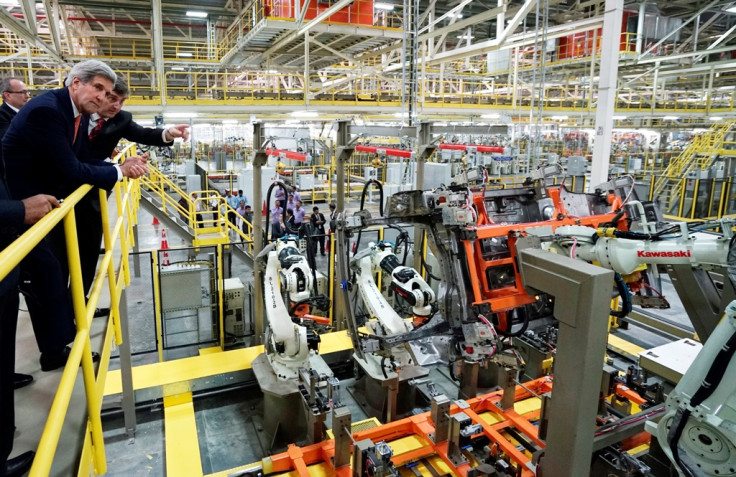India's 2015-16 annual budget to assume growth of at least 8%
India has changed the way it calculates GDP, leaving analysts and even the central bank baffled.

Major revisions to India's economic output data mean that Finance Minister Arun Jaitley's upcoming budget ought to assume that Asia's third-largest economy will grow by at least 8% in financial year 2015-16.
An unnamed source, with direct knowledge of budget planning, told Reuters that in India's annual budget, to be tabled in parliament on 28 February, the government will "have to set GDP growth of at least 8%" for the financial year beginning 1 April, 2015, "as the manufacturing sector has shown a good performance."
New formula
India has changed the way it calculates gross domestic product (GDP), which officials say is closer to international standards. And the revised series has resulted in huge upward revisions to growth figures.
India expects its economy to expand by 7.4% this financial year, under the revised formula for calculating GDP.
The government said the economy grew 7.5% in the fiscal third-quarter ending December 2014.
Government data also showed that the economy grew a restated 6.9% in the 2013-14 financial year, and not at the 4.7% rate arrived at using the old formula.
Baffled analysts
Under the new formula, India's Central Statistics Office (CSO) has revised the base year to calculate India's GDP, which has been advanced to 2011-12 from 2004-05. The CSO has also expanded its coverage of manufacturing, and has included under-represented sectors and data from the government's corporate database to compile growth data.
But the new GDP series has baffled economists who say it poorly reflects other indicators that suggest India's economy is in a weak recovery - and not the fastest-growing large economy in the world. Even Reserve Bank of India (RBI) governor Raghuram Rajan has gone on record saying he does not understand the new numbers.
...GDP calculations under the new methodology remain wildly inconsistent with numerous other indicators that point to continued slack in the economy.
Capital Economics said in a note to clients: At face value, today's GDP data for Q4 suggest that India's economy slowed at the end of 2014, but that it is still growing faster than China's. However, the GDP calculations under the new methodology remain wildly inconsistent with numerous other indicators that point to continued slack in the economy."
Bill Adams, senior international economist for PNC Financial Services, said in a note: "Major revisions to Indian economic data made [9 February's] release of Indian real GDP growth for the fourth-quarter of calendar-year 2014 difficult to compare with previous releases.
"...Qualitatively, [Monday's] data match up with the expected acceleration underway in India: A strong recovery of electricity production, aided by the global decline in energy prices, is boosting economic growth; lower inflation is also boosting the spending power of Indian consumers and public sector entities. Plummeting global energy prices are behind the decline in wholesale price inflation to near zero at year-end 2014.
...A faster growing India does not offset a slower-growing China when tallying global growth.
"After the revisions to Indian real GDP, the Indian economy is now, at least officially, growing faster than the Chinese economy: Chinese real GDP grew 7.3% in the fourth-quarter of 2014, slower than India's 7.5%. We will need to work with India's new national accounts in more detail before we are comfortable with this assessment - and after all, there is a great deal of uncertainty about the accuracy of Chinese real GDP growth figures as well.
"But the simple insight is this: With China growing much more slowly than a decade ago, the gap between Indian and Chinese growth has narrowed considerably. Nevertheless, India is still a $2tn economy versus China's $10tn. A faster growing India does not offset a slower-growing China when tallying global growth."
© Copyright IBTimes 2025. All rights reserved.






















